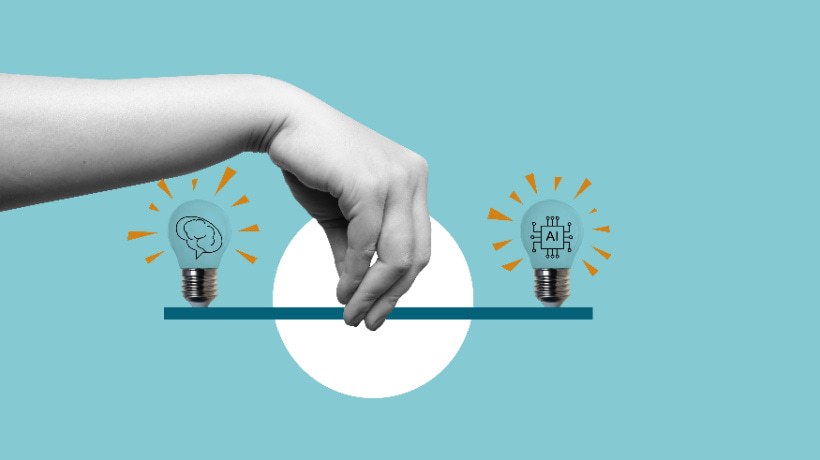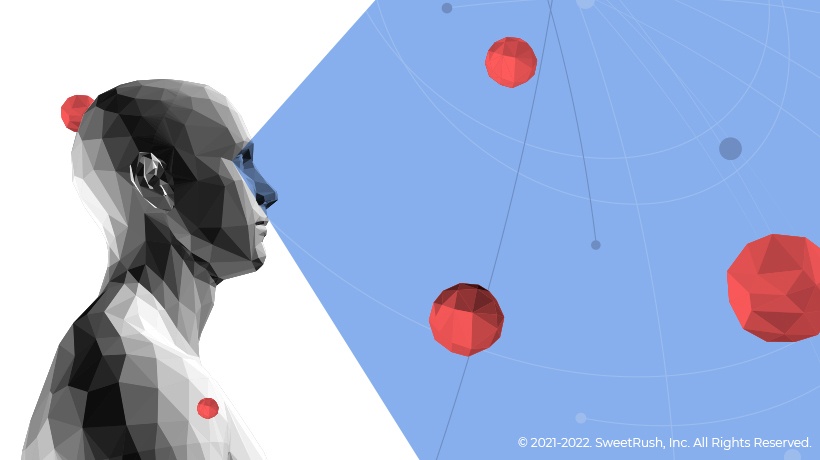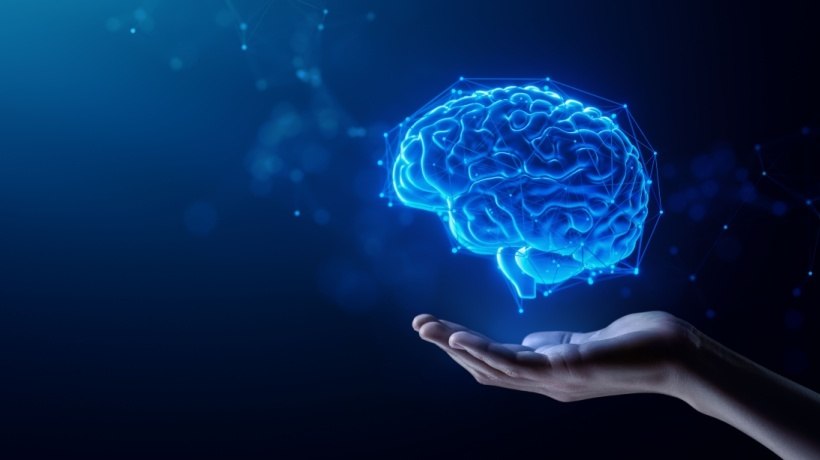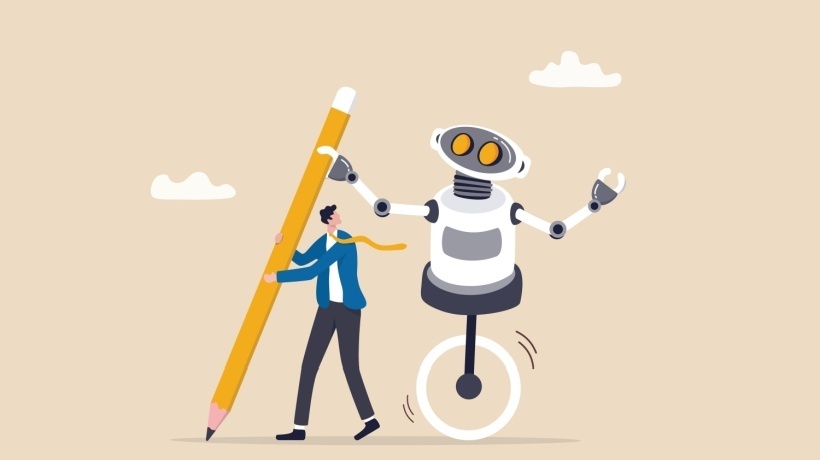AI Creates Speed, Humans Create Connection: The Learning Game Has Changed
What used to take weeks of scripting, storyboarding, and slide design can now happen before your second cup of coffee. Speed is up. Costs are down. But the real question in 2025 isn't how fast we can create courses, it's how human they still feel. Because while AI can generate content, it can't generate connection.
The Rise Of The AI Course Creator
AI tools have quickly become the newest "team members" in Learning and Development. They can write objectives, draft scripts, build visuals, and even generate voiceovers on command. For busy L&D teams, that's a dream. For learners, though, it can sometimes feel...robotic.
Today's workforce expects learning that speaks to them, not at them. They want stories that feel real, examples they can relate to, and leaders who sound like they've actually been in their shoes. That's the sweet spot where human creativity still outshines the algorithm.
Where AI Earns Its Seat At The Table
Let's give credit where it's due. AI is an incredible accelerator. It helps teams:
- Jump-start ideas by drafting outlines, objectives, and copy in seconds.
- Save hours on production by creating quizzes, translating content, and building visuals faster.
- Keep content current by flagging outdated policies or compliance changes automatically.
- Scale learning globally by localizing tone, language, and context at record speed.
AI helps us move at the pace of business—something every modern learning team needs. But as organizations race to adopt these tools, a new challenge is emerging: sameness.
When every company feeds the same prompts into the same tools, courses start to sound identical. They're clean, correct, and completely forgettable. What's lost is the spark of originality, the cultural nuance, and the storytelling that makes learning resonate. The danger isn't that AI will replace human learning designers. It's that it will quietly flatten creativity if we let it.
Where Humans Still Win Every Time
Efficiency doesn't always equal impact. Learning that sticks comes from empathy, not algorithms. It's the moments of humor, vulnerability, and shared experience that make people care enough to change. Humans bring what AI can't:
- Context
We understand the culture, the inside jokes, and the "why" behind the "what." - Empathy
We can sense when learners are tired, skeptical, or curious—and adjust in real time. - Credibility
We've lived the stories we tell, and that authenticity builds trust. - Connection
We make people feel something, not just click something.
AI may be fluent in language, but people are fluent in meaning.
The Hybrid Future: Co-Creating With AI
The magic happens when humans and AI work together, each doing what they do best. We call it co-creation in flow.
- AI sparks
It drafts outlines, ideas, and starting points. - Humans shape
We add the voice, the story, and the nuance that make it real. - AI polishes
It refines, formats, and scales what works. - Humans validate
We ensure it aligns with the brand, the audience, and the strategy.
This rhythm keeps the work fast, flexible, and full of heart—because the process itself stays human-centered.
How To Keep The Balance Right
Here are five ways to make AI your co-pilot, not your replacement:
- Start with empathy, not prompts
Define your learner's world before you open a tool. AI can't replace lived experience. - Keep your brand voice alive
Even if AI drafts most of the content, rewrite the moments that matter—the welcome, the transitions, the reflection. That's where people connect. - Fact-check everything
AI is confident, but not always correct. Validate with experts and diverse voices before anything goes live. - Use AI for scale, humans for soul
Let AI handle versioning, formatting, and translation so your people can focus on the message and meaning. - Be transparent
Let learners know when AI is part of the process. It builds trust and models responsible innovation.
Beyond Efficiency: Learning That Feels Human
The future of learning isn't a contest between humans and machines—it's a collaboration between the two. AI can help us design faster, but it's our humanity that makes learning matter. Let's find that balance—using AI where it accelerates and human insight where it inspires—to design learning that's quick to build, easy to adopt, and impossible to forget. Because the best learning doesn't just click. It connects.








